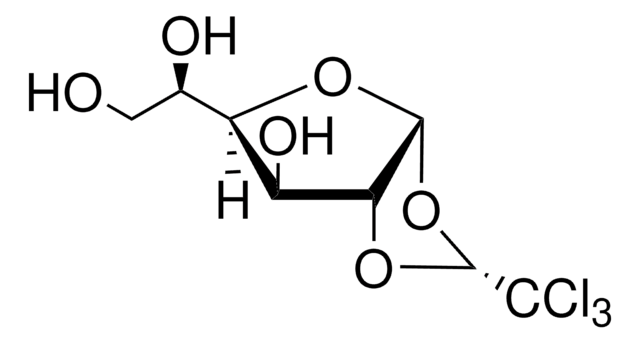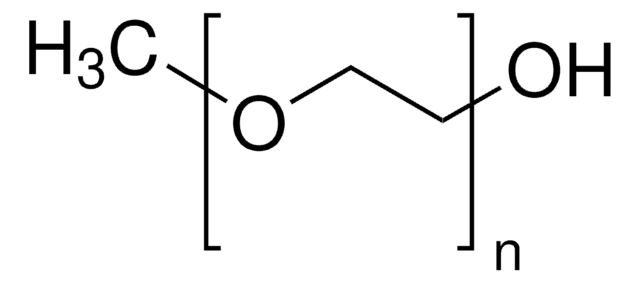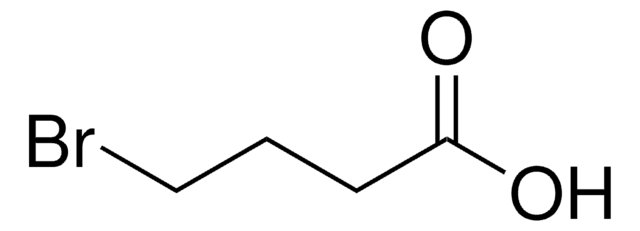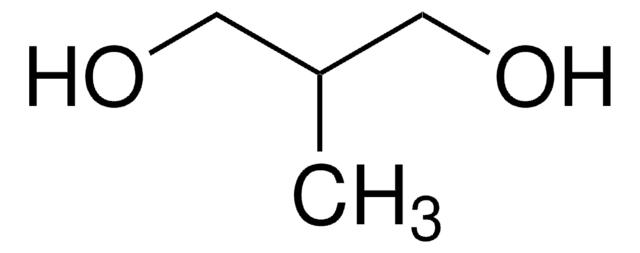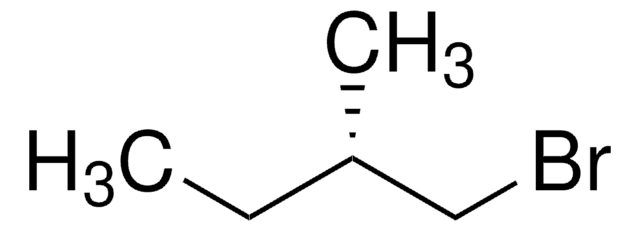EHU091731
MISSION® esiRNA
targeting human MET
About This Item
Productos recomendados
description
Powered by Eupheria Biotech
product line
MISSION®
form
lyophilized powder
esiRNA cDNA target sequence
CCACATTGACCTCAGTGCTCTAAATCCAGAGCTGGTCCAGGCAGTGCAGCATGTAGTGATTGGGCCCAGTAGCCTGATTGTGCATTTCAATGAAGTCATAGGAAGAGGGCATTTTGGTTGTGTATATCATGGGACTTTGTTGGACAATGATGGCAAGAAAATTCACTGTGCTGTGAAATCCTTGAACAGAATCACTGACATAGGAGAAGTTTCCCAATTTCTGACCGAGGGAATCATCATGAAAGATTTTAGTCATCCCAATGTCCTCTCGCTCCTGGGAATCTGCCTGCGAAGTGAAGGGTCTCCGCTGGTGGTCCTACCATACATGAAACATGGAGATCTTCGAAATTTCATTCGAAATGAGACTCATAATCCAACTGTAAAAGATCTTATTGGCTTTGGTCTTCAAGTAGCCAAAGGCATGA
Ensembl | human accession no.
NCBI accession no.
shipped in
ambient
storage temp.
−20°C
General description
For additional details as well as to view all available esiRNA options, please visit SigmaAldrich.com/esiRNA.
Legal Information
Storage Class
10 - Combustible liquids
flash_point_f
Not applicable
flash_point_c
Not applicable
Elija entre una de las versiones más recientes:
¿Ya tiene este producto?
Encuentre la documentación para los productos que ha comprado recientemente en la Biblioteca de documentos.
Nuestro equipo de científicos tiene experiencia en todas las áreas de investigación: Ciencias de la vida, Ciencia de los materiales, Síntesis química, Cromatografía, Analítica y muchas otras.
Póngase en contacto con el Servicio técnico